What is colour fastness?
Color fastness refers to the degree of fading of dyed fabric under the action of external factors or the degree of staining between dyed fabric and other fabrics during use or processing. It is an important index of fabric.
External factor
External factors include: friction, washing, light, seawater immersion, saliva immersion, water immersion, sweat immersion, etc.
In the detection process, it is necessary to select the corresponding test items and test parameters according to different external environmental factors.
Chemical and physical color fastness
Chemical color fastness refers to the color change of colored textiles caused by the destruction of dye molecular chains or the destruction of color clusters caused by chemical factors.
Physical color fastness refers to the color change caused by the separation of dyes from fibers caused by external physical environment factors or the color contamination caused by the contamination of dyes from other fabrics.
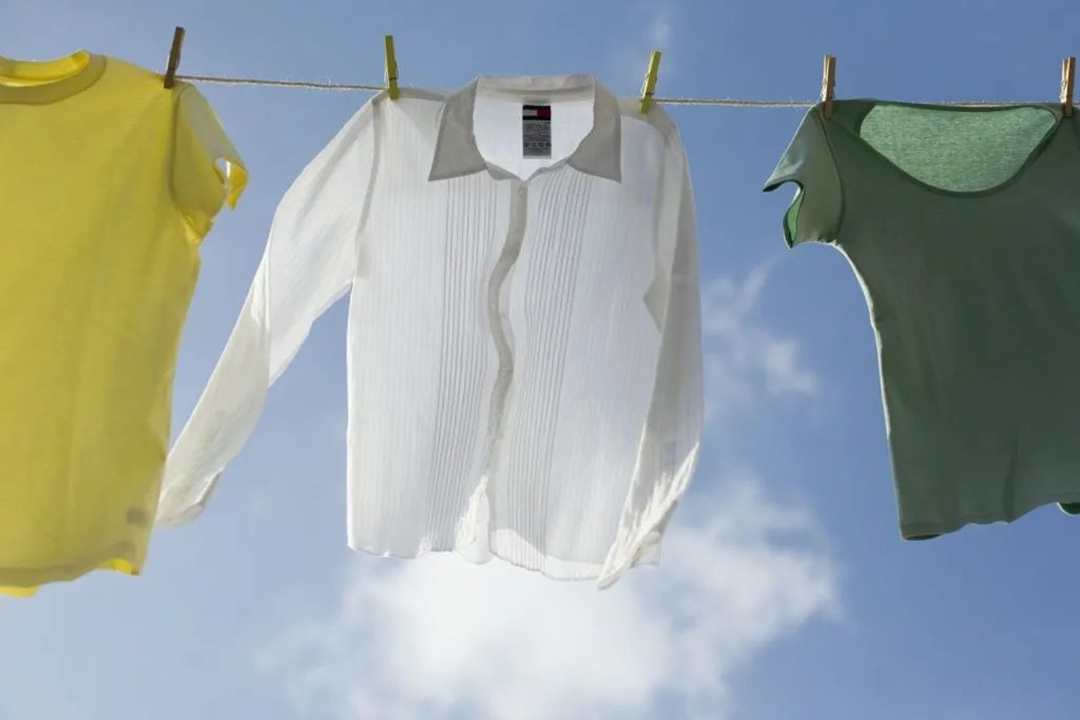
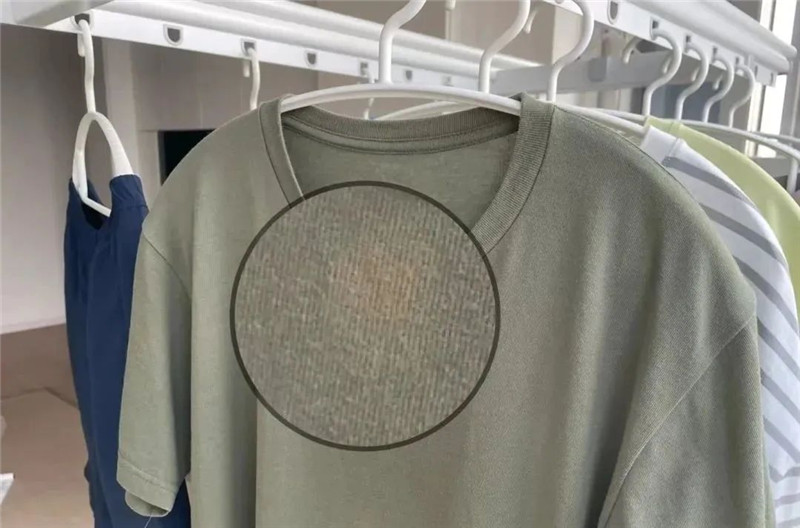
How about color fastness?
The evaluation of color fastness can be divided into two parts: color fastness and color fastness.
The color fastness and color fastness caused by physical environmental factors need to be assessed, such as water stain fastness, color fastness to washing, color fastness to perspiration stain, color fastness to saliva, dye transfer and other items. There are also items that only test color fastness to staining, such as friction color fastness.
Generally, only color changes caused by chemical factors are examined, such as color fastness to light, color fastness to chlorine bleaching, color fastness to non-chlorine bleaching, color fastness to dry cleaning, color fastness to phenolic yellow, etc.
What is discoloration?
Colored textiles in the use or processing process under the influence of external environmental factors, dye part from the fiber, dye molecules of chromophore damaged or generated new chromophore, resulting in color chroma, hue, brightness change phenomenon, known as discoloration。
What is stained?
Under the influence of external environmental factors in the use or processing process of colored textiles, the dye is partially detached from the fiber and dissolved into the treatment solution, which is re-adsorbed by non-dyed white or natural multi-fiber cloth or single-fiber cloth. The phenomenon of contamination of undyed multi-fibre or single-fibre cloth, such as colour fastness to washing, water stains, perspiration stains, saliva, etc., is one of these phenomena.
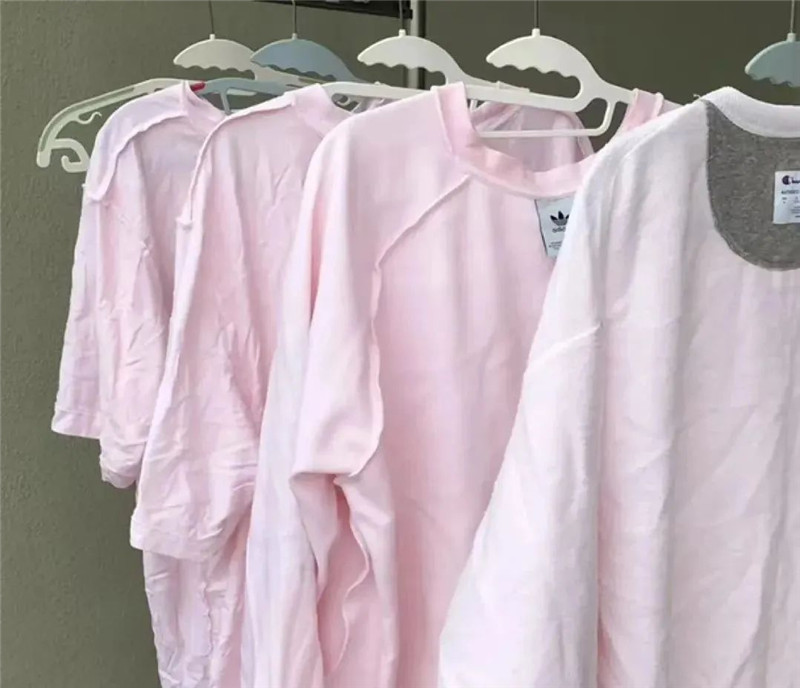
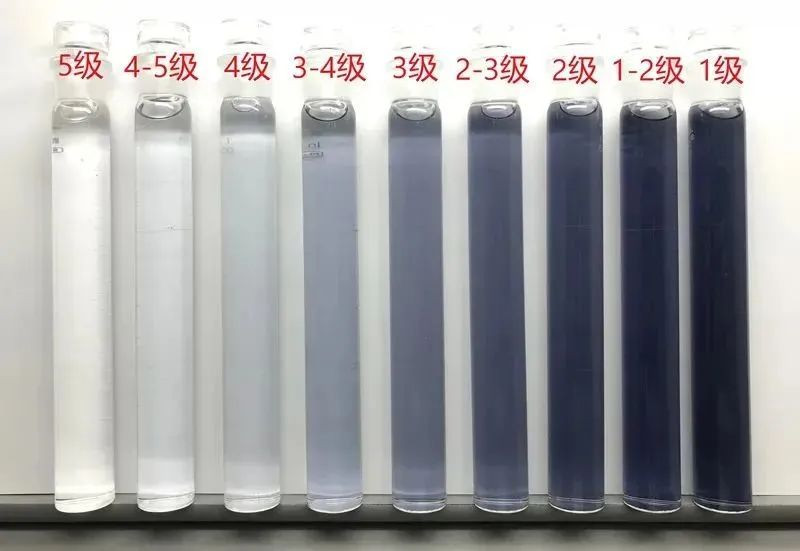
What is solution staining
In the test of color fastness to washing, the dye or pigment in the colored textile falls off into the detergent, causing detergent contamination。
What is self-fipping
Also called self-dipping, it refers to the colored textiles, there are two or more colors, in a variety of color fastness test conditions, two colors touch each other, such as yarn-dyed fabrics, printed fabrics, two-face fabrics can be tested for self-dipping color fastness, for pure color (one color) fabrics do not need. At present, many domestic product standards, basically did not introduce the concept of self-dipping color, foreign trade orders as a routine requirement.
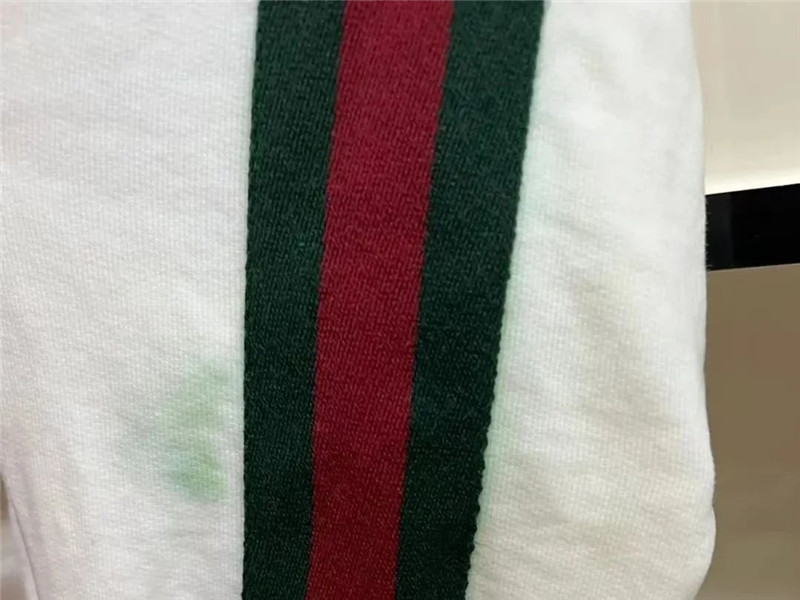
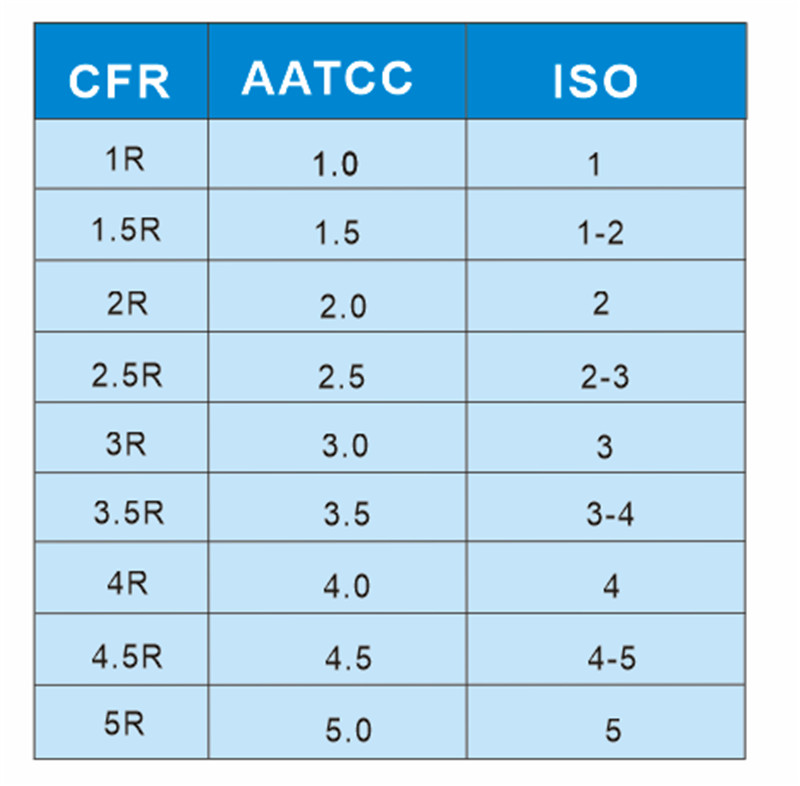
Method of expressing the color fastness level
The color fastness rating is basically based on 5 levels and 9 grades. At present, there are AATCC standard system and ISO standard system (including GB, JIS, EN, BS and DIN).
Post time: May-30-2023

